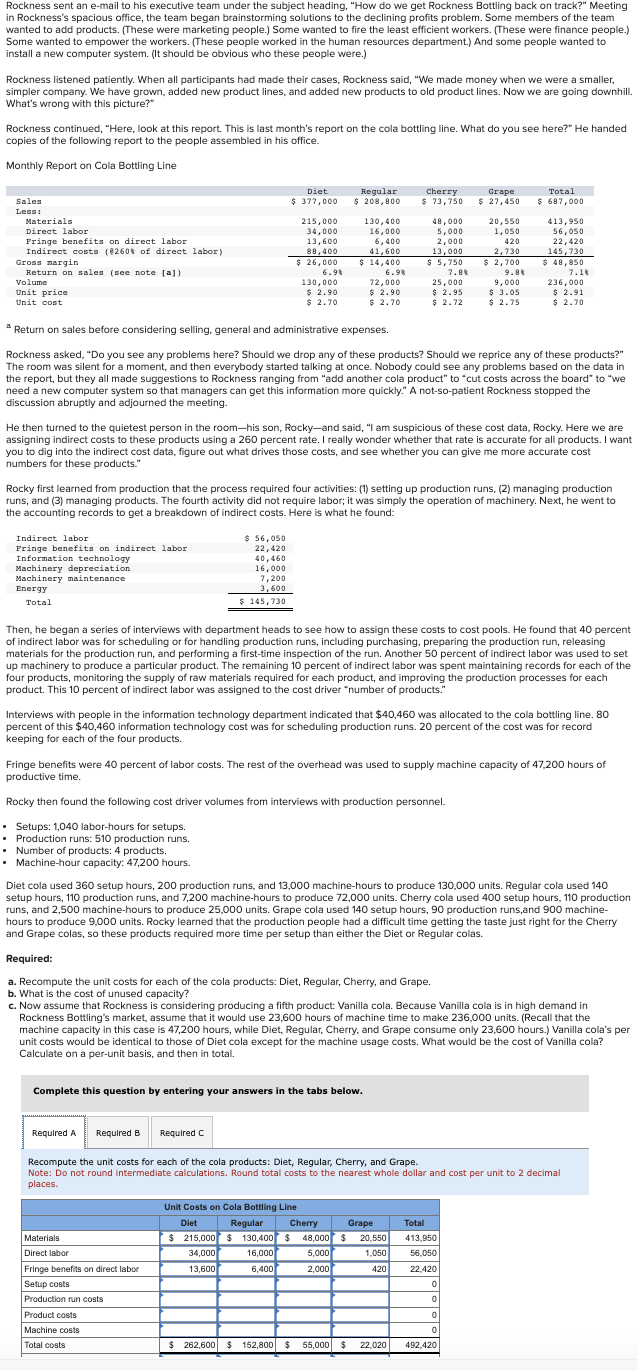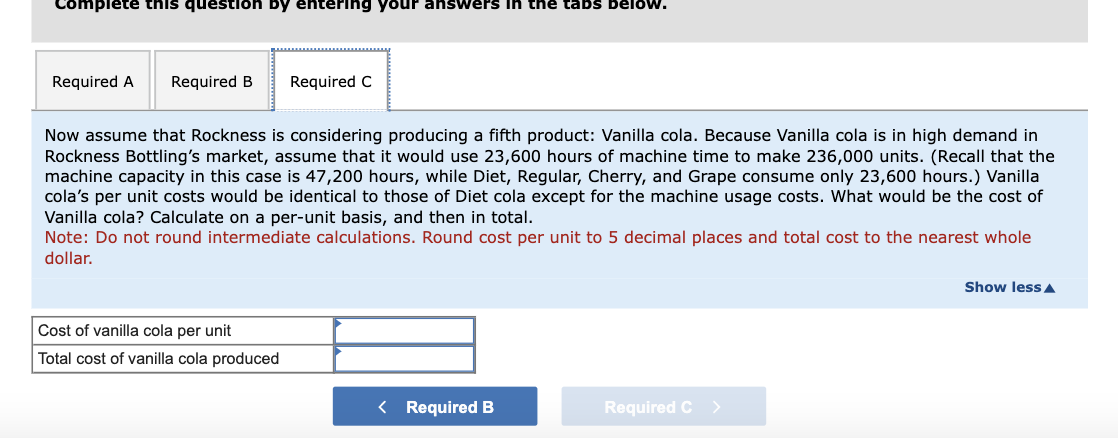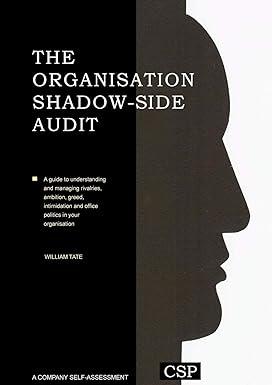


Rockness sent an e-mail to his executive team under the subject heading, "How do we get Rockness Bottling back on track?" Meeting in Rockness's spacious office, the team began brainstorming solutions to the declining profits problem. Some members of the team wanted to add products. (These were marketing people.) Some wanted to fire the least efficient workers. (These were finance people. Some wanted to empower the workers. (These people worked in the human resources department.) And some people wanted to install a new computer system. (It should be obvious who these people were.) Rockness listened patiently. When all participants had made their cases, Rockness said, "We made money when we were a smaller, simpler company. We have grown, added new product lines, and added new products to old product lines. Now we are going downhill. What's wrong with this picture?" Rockness continued, "Here, look at this report. This is last month's report on the cola bottling line. What do you see here?" He handed copies of the following report to the people assembled in his office. Monthly Report on Cola Bottling Line Then, he began a series of interviews with department heads to see how to assign these costs to cost pools. He found that 40 percent of indirect labor was for scheduling or for handling production runs, including purchasing. preparing the production run, releasing materials for the production run, and performing a first-time inspection of the run. Another 50 percent of indirect labor was used to set up machinery to produce a particular product. The remaining 10 percent of indirect labor was spent maintaining records for each of th four products, monitoring the supply of raw materials required for each product, and improving the production processes for each product. This 10 percent of indirect labor was assigned to the cost driver "number of products." Interviews with people in the information technology department indicated that $40,460 was allocated to the cola bottling line. 80 percent of this $40,460 information technology cost was for scheduling production runs. 20 percent of the cost was for record keeping for each of the four products. Fringe benefits were 40 percent of labor costs. The rest of the overhead was used to supply machine capacity of 47,200 hours of productive time. Rocky then found the following cost driver volumes from interviews with production personnel. - Setups: 1,040 labor-hours for setups. - Production runs: 510 production runs - Number of products: 4 products. - Machine-hour capacity: 47,200 hours. Diet cola used 360 setup hours, 200 production runs, and 13,000 machine-hours to produce 130,000 units. Regular cola used 140 setup hours, 110 production runs, and 7,200 machine-hours to produce 72,000 units. Cherry cola used 400 setup hours, 110 production runs, and 2,500 machine-hours to produce 25,000 units. Grape cola used 140 setup hours, 90 production runs,and 900 machinehours to produce 9,000 units. Rocky learned that the production people had a difficult time getting the taste just right for the Cherry and Grape colas, so these products required more time per setup than either the Diet or Regular colas. Required: a. Recompute the unit costs for each of the cola products: Diet, Regular, Cherry, and Grape. b. What is the cost of unused capacity? c. Now assume that Rockness is considering producing a fifth product: Vanilla cola. Because Vanilla cola is in high demand in Rockness Bottling's market, assume that it would use 23,600 hours of machine time to make 236,000 units. (Recall that the machine capacity in this case is 47,200 hours, while Diet, Regular, Cherry, and Grape consume only 23,600 hours.) Vanilla cola's per unit costs would be identical to those of Diet cola except for the machine usage costs. What would be the cost of Vanilla cola? Calculate on a per-unit basis, and then in total. Complete this question by entering your answers in the tabs below. Recompute the unit costs for each of the cola products: Diet, Regular, Cherry, and Grape. Note: Do not round intermediate calculations. Round total costs to the nearest whole dollar and cost per unit to 2 decimal places. Complete this question by entering your answers in the tabs below. What is the cost of unused capacity? Now assume that Rockness is considering producing a fifth product: Vanilla cola. Because Vanilla cola is in high demand in Rockness Bottling's market, assume that it would use 23,600 hours of machine time to make 236,000 units. (Recall that the machine capacity in this case is 47,200 hours, while Diet, Regular, Cherry, and Grape consume only 23,600 hours.) Vanilla cola's per unit costs would be identical to those of Diet cola except for the machine usage costs. What would be the cost of Vanilla cola? Calculate on a per-unit basis, and then in total. Note: Do not round intermediate calculations. Round cost per unit to 5 decimal places and total cost to the nearest whole dollar









